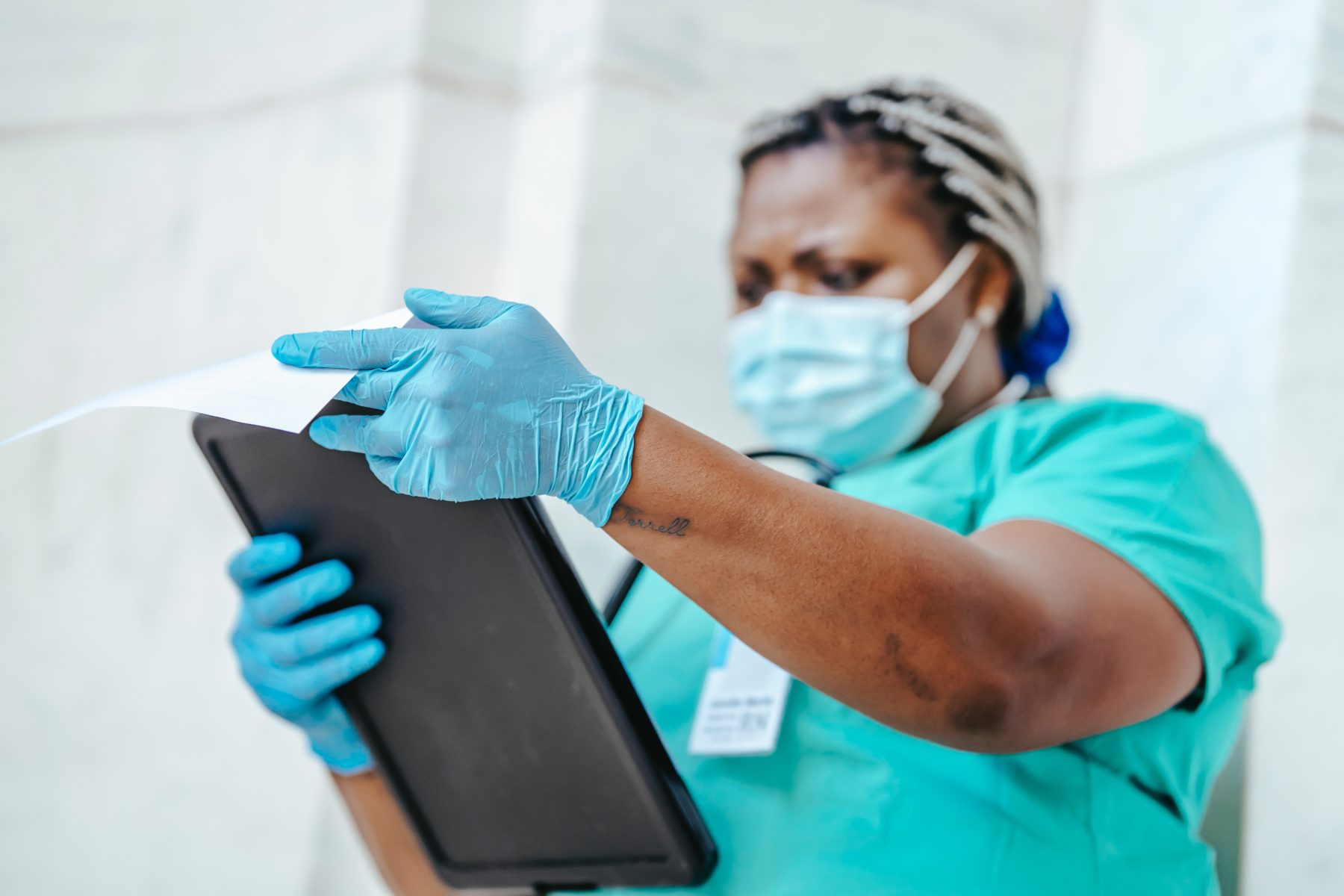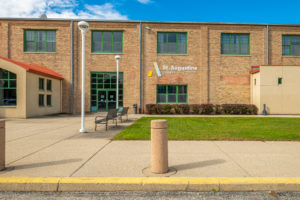Day in The Life of a Respiratory Therapist

Expect the Unexpected
Here’s the truth: the day in the life of a respiratory therapist is never an ordinary day. Every day you need to expect the unexpected, working in healthcare–for the most part–is about working on your toes and making sure you can be as flexible as possible.
Respiratory therapists are highly motivated and intelligent people, who understand that their job requires a dynamic and critical-thinking approach to every situation. While usually a respiratory therapist you will be part of a similarly minded team, but you won’t always work in the same ward or even the same department. You even will not work with the same patients every day. But this variety is a great opportunity for those who love to work in a fast-paced environment that changes from day to day.
But what does a respiratory therapist do?
As a respiratory therapist, your day-to-day work will be helping patients who are suffering from breathing difficulties and airway problems, this can range in a variety of ways:
- Interviewing and examining patients who come into the hospital with a complaint about trouble breathing.
- Consulting and comparing these notes with physicians to determine what is the best course of action.
- Conduct diagnostic tests based on your findings during the consultation process.
- Treat patients depending on the results of the diagnostic tests.
- Monitor and record a patient’s progress.
- Assisting patients in how they should take medicine and monitor their health when they are discharged from the hospital.
This is just one way to look at what an RTT is and what they do in their day-to-day routine. This work can be done in emergency rooms, intensive care units, outpatient clinics, nursing homes, sleep centers, and more. As an RTT, you will work with people of all ages, from infants to the elderly, though you can specialize in one of these.
Another big aspect of the day in the life of a respiratory therapist is communication and teamwork. An RTT doesn’t work alone. As a respiratory therapist, you work alongside registered nurses, surgeons, medical assistants, and physicians in order to give patients the attention they need. By administering pulmonary function tests, measuring the volume and flow of oxygen, and more, you become a valuable member of these lifesaving teams.
Do you want to join a valuable lifesaving team and see for yourself what a respiratory therapist does? Why not check out the Respiratory Therapy program at St. Augustine College of Chicago. Our associates in respiratory therapy program boast a 100% placement rate upon graduation. This in-demand program is not simply rewarding but promises a good career that is designed to empower you toward success.



